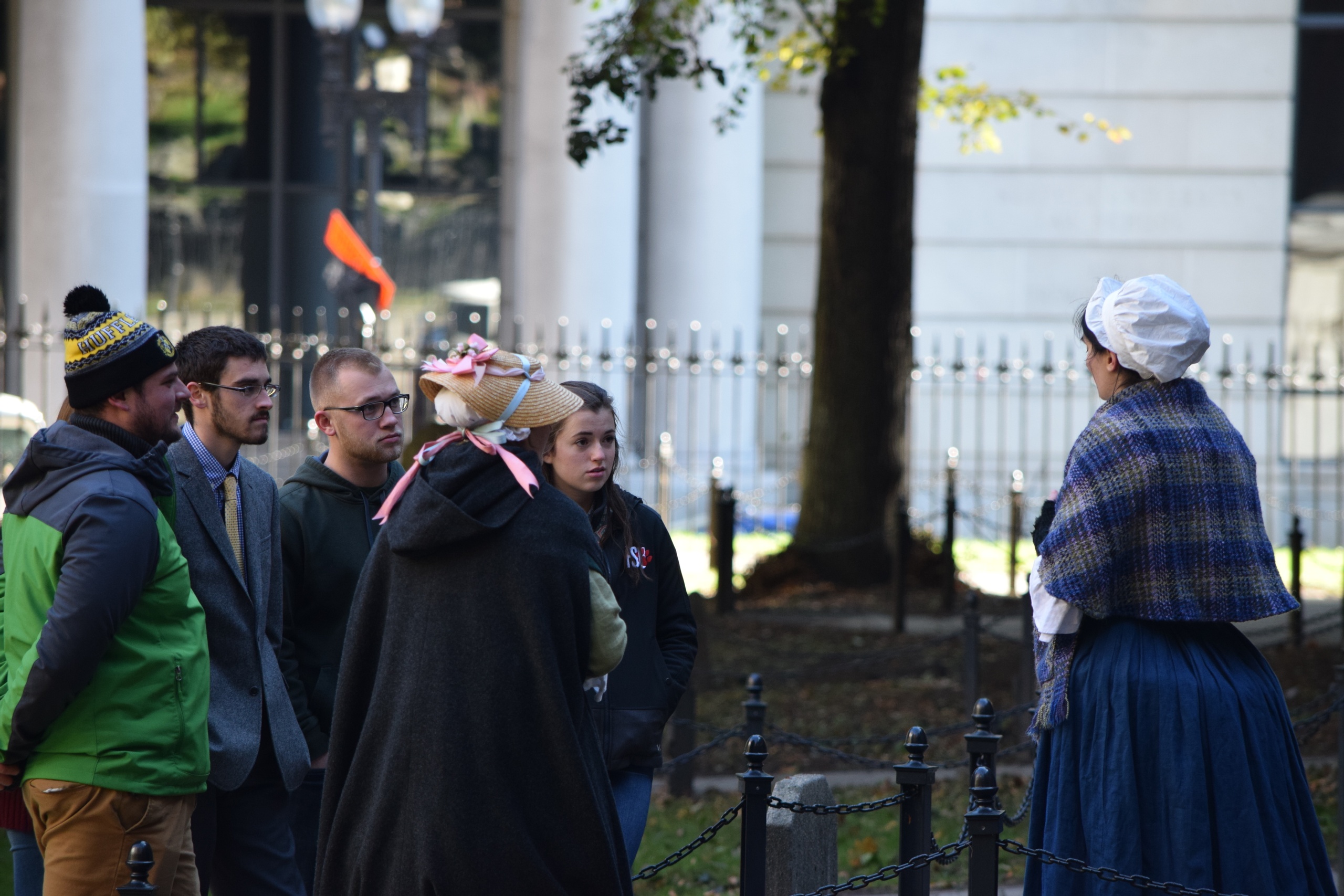Navigating Boston’s Freedom Trail: Seasonal Walk Conditions and Smart Preparations
The Freedom Trail winds through Boston’s streets as a living history walk that changes with each season’s mood. This guide prepares you for its variable conditions, equipping you to enjoy an urban adventure that balances the thrill of discovery with practical readiness.
Choose Supportive Footwear
Cobblestone patches and uneven sidewalks demand shoes with good tread and support to prevent slips and ease foot fatigue.
Hydrate Smartly
Bring at least one liter of water during summer hikes; spring and fall require moderate intake, adjusting with temperature and activity level.
Time Your Walk
Start early in summer to avoid midday heat and heavy tourist crowds. In cooler seasons, midday warmth helps combat brisk air.
Layer Up for Weather
Boston’s weather shifts suddenly. Dress in layers to stay comfortable from cool mornings to warmer afternoons—don’t forget a waterproof option in spring and fall.
Navigating Boston’s Freedom Trail: Seasonal Walk Conditions and Smart Preparations

Tour of the Freedom Trail (Meeting in front of 120 Tremont)
Tour of the Freedom Trail meeting at 120 Tremont
Walk Boston's Freedom Trail with colonial-costumed guides for an immersive journey through America’s revolutionary history.
Stretching 2.5 miles through Boston’s historic heart, the Freedom Trail offers more than just a stroll—it’s a measured engagement with a city fiercely proud of its past. This route, paved predominantly and winding through the city streets, features minimal elevation gain, making it accessible but demanding a steady gait. Each season paints the trail with character: spring ushers in bursts of greenery from nearby parks while giving way to occasional April showers that challenge your waterproof gear; summer drapes the pathway in urban heat, prompting early starts to beat the sun; fall wraps the route in crisp air and vibrant foliage that flutters as you pass; winter’s presence is felt sharply in icy sidewalks and brisk winds daring careful foot placement and layered clothing.
The trail itself blends brick sidewalks, paved roads, and cobblestone patches that ask for sturdy footwear. Watch for uneven spots surrounding historic sites, where stones twisted by time could challenge the inattentive walker. Weather throws its weight in different ways: moisture slicks surfaces in spring and fall, while winter’s freeze can transform steps into cautious puzzles.
Hydration remains critical year-round. Summer demands increased water intake as the city stores heat between brick buildings, while spring and fall call for moderate hydration balanced with layers that can adapt as temperatures shift throughout the day. Timing your hike shifts with the seasons; sunrise and early morning guard you from peak crowds and oppressive heat in summer, while midday offers the warmest window on colder months.
Boston’s natural features along the trail participate actively—it’s not just a backdrop but a player. The Charles River murmurs nearby, its surface glistening and urging a reflective break. Trees in Boston Common lean into the breeze, their leaves shivering with stories. The urban environment hums, inviting you to pace with it, steady and thoughtful.
For all adventurers considering the Freedom Trail, understanding seasonal conditions will turn a simple walk into an intentional, rewarding urban exploration. Dress wisely, plan for the weather challenges presented by Massachusetts’s shifting climate, and keep your steps deliberate on Boston’s historic streets. The trail isn’t just a passage—it's an ongoing conversation between you, the city, and the persistent pulse of freedom echoing beneath your feet.
Nearby Trips
All Adventures
Boat Charters
Water Activities
Adventures near Boston
Discover the unique and memorable adventures that make Boston special.
Frequently Asked Questions
Are there any difficult sections on the Freedom Trail?
The trail is mostly flat and paved but includes some cobblestone sections around historic sites which can be uneven. These require attentive footing, especially in wet or icy conditions.
When is the best time of day to walk the Freedom Trail?
Morning hours, especially early mornings in summer, offer cooler temperatures and fewer crowds. Midday during fall and spring provides the warmest window and comfortable lighting for photos.
Is the Freedom Trail suitable for children and casual walkers?
Yes, the trail is family-friendly with minimal elevation and plenty of historic stops that engage all ages. However, parents should watch kids on cobblestone sections and busy intersections.
Can I access the Freedom Trail during winter?
Yes, but winter presents icy sidewalks and shorter days. Use traction cleats on shoes and dress warmly. Some historic sites may have reduced hours in winter months.
Are there any quiet spots along the trail away from the crowds?
Boston Common’s tree-shaded corners and segments of the trail along the Charles River near the Esplanade offer peaceful breaks from busy tourist areas.
What wildlife might I see along the Freedom Trail?
In parks like Boston Common and along the river, you might spot squirrels, various songbirds, and seasonal waterfowl like ducks and geese that punctuate the urban environment.
Recommended Gear
Comfortable Walking Shoes
Opt for shoes with solid grip and arch support to manage cobblestones and paved paths.
Water Bottle
Staying hydrated is critical when temperatures climb and the urban heat pushes.
Layered Clothing
Adjust layers as temperatures fluctuate throughout the day and seasons shift.
Compact Rain Jacket
Light but waterproof outerwear is necessary to fend off unexpected showers without weighing you down.
Local Insights
Hidden Gems
- "The Granary Burying Ground’s lesser-known gravestones and historic inscriptions."
- "The North End’s small hidden courtyards tucked between shops."
- "Views of the Charles River from the Esplanade, just a short detour from the trail."
Wildlife
- "American Robins in spring and summer."
- "Eastern Gray Squirrels darting through city parks."
- "Migratory ducks and Canada Geese near the Charles River."
History
"The Freedom Trail links 16 historically significant sites, including Boston Common and Paul Revere’s House, offering a firsthand experience of the city’s role in America’s Revolutionary origins."
